
Range Rover Sport 4x4 engines, drive and performance
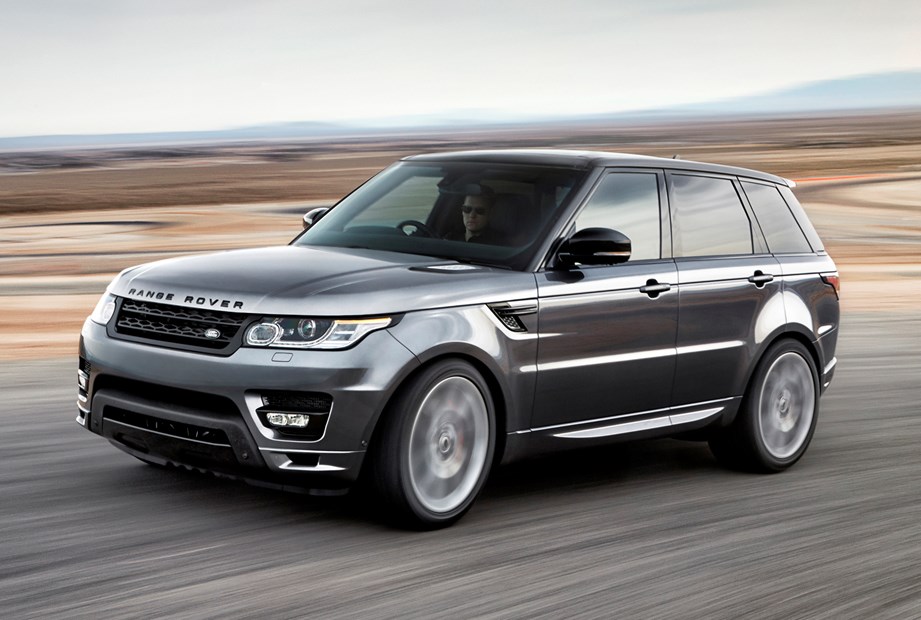
- Strong performance from all engines
- Choice of petrol or diesel, plus plug-in hybrid
- Excellent off-road ability
The Range Rover Sport is a big, heavy car, and all of its engines are more than up to the task of hauling it around with ease. In fact, it feels far smaller than its looks suggest, thanks in part to its fine handling, but also its powerful and responsive engines. There’s a mix of petrol and diesel engines in various power outputs, as well as a sole plug-in hybrid option.
Petrol engines
Opt for the powerful P400 and you get 400hp and 550Nm of torque. This is capable of completing the 0-62mph sprint in 5.9 seconds and will reach 140mph at top speed.
A mild hybrid system is used in this engine which uses a 48v battery, an integrated start generator and electric supercharger to boost not only the car’s electrical assistance, but also efficiency when the car is stopping and starting.
In the Range Rover Sport, it’s been tuned for refinement and delivers its power in a refined, more relaxed manner than some may expect. Unlike in the F-Pace, this isn’t a high-revving unit that pulls urgently to the red line – instead, you trade that sense of urgency for smoothness, making use of the mid-range muscle to get you up to speed.
It sounds like a BMW at times, but settles down to be incredibly quiet in town. Couple this refinement with an updated version of JLR’s eight-speed auto smoothly shifting between the ratios, and a start/stop system that’s impressively inoffensive, and you’re left with a car that doesn’t feel altogether as sporting as its looks would lead you to believe.
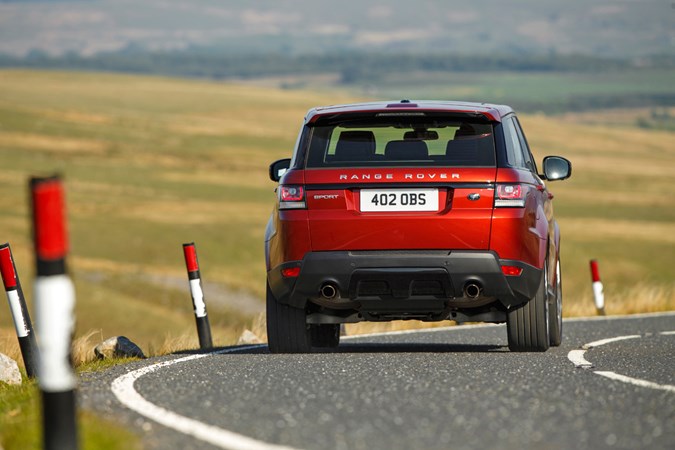
It’s effortlessly quick in and out of town, which is useful for launching up slip roads and low-effort overtaking manoeuvres. So, it’s quiet when you want to relax, but it makes a sporty noise to accompany the performance when you want it to be. Consider it an easy-to-drive executive cruiser with ample acceleration, and you’re there.
If that’s not impressive enough, you can opt for the top-spec Range Rover Sport SVR, which uses a 5.0-litre V8, with a whopping 575hp and 700Nm. This makes it capable of a 0-62mph sprint in just 4.5 seconds and a top speed of 176mph. Quite a feat for something the sheer size of the Range Rover Sport.
Diesel engines
More popular with buyers are the 3.0-litre diesel engines – offering enough power and sizeable torque levels combined with more manageable running costs. The range starts with the D250, which produces 249hp and 600Nm of torque. This might be the entry-level engine, but that’s a healthy amount of pulling power for everyday use, taking 8.5 seconds to reach from 0-62mph. Top speed is 130mph.
Step up to the 296hp version and this comes with a brawnier 650Nm of torque. With a 7.3-second 0-62mph time, it’s no slouch and will also reach 130mph.
If this still isn’t quite enough, the D350 produces 345hp and 700Nm of torque, making it a match with the SVR in terms of pulling power in the line-up. The 0-62mph time drops to 6.9 seconds and top speed rises to 140mph.
P400e: the plug-in hybrid
If you want a Range Rover Sport PHEV, there’s one available in the form of the P400e. To have a Range Rover Sport with a sub-100g/km CO2 rating and the ability to waft in silence would have seemed far-fetched in the not-too-distant past. Now, this plug-in hybrid P400e model claims to possess both those traits, as well as being able to drive on electric power for up to 30 miles.
This works on paper if you need to save tax, but you’ll need to make full use of the electric power to make the most of it. Our time of testing saw this electric-only range drop to 26 miles on a full charge, so the distance you cover in between each battery charge would have to be pretty short in order to minimise fuel usage.
It uses a 2.0-litre petrol engine in combination with a battery and electric motor, producing a total system output of 404hp and 275Nm of torque. It’ll get from 0-60mph in 6.3 seconds, but it’s also capable of running for up to 30 miles on battery power alone when fully charged. Top speed is 137mph.
The electric assistance provides the 2.0-litre engine a little boost in performance and while this turbocharged four-cylinder engine can sometimes feel a little underpowered, it helps nudge the P400e along and get up to speed with a bit more ease.
We found the gearchanges to be a little jerky when you start to press on, but the electric motors are quite quick to respond to driver inputs in EV mode. Larger throttle inputs can be met with a delay though when you need to set off from stationary at a junction, so it’s worth planning these sooner.
The engine doesn’t sound particularly nice – we suspect there’s a hint of artificial engine sound being piped into the cabin – but it feels less agricultural than certain rivals, such as Mercedes, even if their hybrid powertrain is superior in terms of electric range and performance. The brake pedal is pretty good for a hybrid, however, being easy to modulate and avoiding the jerkiness other hybrid cars suffer from when they can act like an on/off switch.
There are different drive modes available – the default of which is Parallel Hybrid mode which just lets the car do its own thing, switching between combined petrol and electric driving on its own. Then there’s Predictive Energy Optimisation, which intelligently switches between engine and battery power based on the route set in the sat nav to maximise efficiency. Finally, there’s EV mode that just uses battery power, and a Save function that holds the charge in the battery to be used later in the journey – although we found this failed to work during our time of testing.
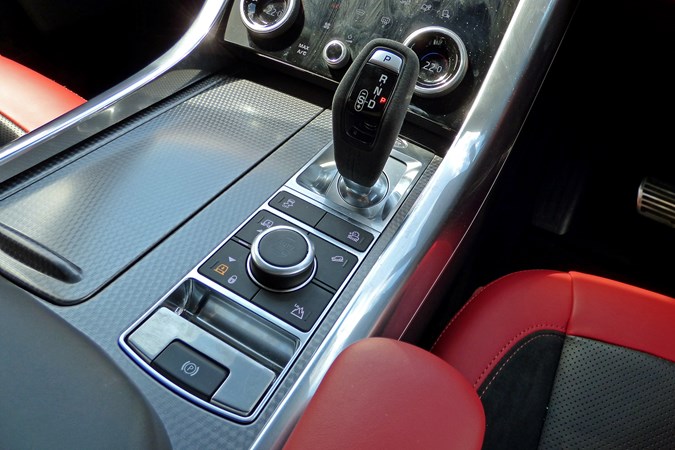
Eight-speed automatics for all
All models of the Range Rover Sport come with a smooth-shifting eight-speed automatic gearbox. It’s generally very good, shifting gears quickly and promptly responding to driver inputs, with a sportier S setting if you nudge the gearlever to the left.
The paddles mounted on the steering allow you to override what gear has been selected, too, but you do suffer from hesitation when setting off from standstill at junctions.
Engines no longer available
On offer at launch was the same 3.0-litre V6 diesel engine, but with two outputs. It could be ordered with 292hp (badged SDV6) or 259hp (TDV6) power outputs. The more powerful SDV6 felt very strong in the Sport and able to match the top-of-the-range 5.0-litre petrol engine for the vast majority of road driving conditions. While it couldn’t match the big V8 petrol for higher speed acceleration and sheer aural delight, the diesel was far more frugal.
Handling
- Drives well for such a large car
- Some bodyroll, but it’s very well contained
- Feels like a much smaller car to drive than it is
Like the original Range Rover Sport, handling is something this 4×4 does better than the full-sized luxury version. What’s most noticeable is just how much smaller the Range Rover Sport feels than it really is, especially in height.
The steering feels responsive and accurate, with a good resistance and weighting as you turn the wheel. It helps the Range Rover Sport feel more involving, but, typically for this type of car, you still have no idea what grip levels you have.
The Sport inspires more confidence over the larger Range Rover, but remains less agile and more comfort-focussed than those from Porsche and BMW. There’s more body roll over its rivals and it still feels quite heavy, which is hardly surprising given that certain models weigh over 2,500kg.
Driving down faster sweeping roads is more within the Range Rover Sports comfort zone, rather than tighter, twisting country lanes. This is all aided by the Dynamic package which adds a host of driver aid tech including Torque Vectoring Control that works by transferring more pulling power to the outside wheels thus tightening the line through a corner.
What’s it like off-road?
With a Land Rover badge, the Range Rover Sport needs to impress, and it demonstrates the same remarkable off-roading skills that the full-fat Range Rover and Land Rover Discovery models have. Steep, slippery ascents, deep wading in nearly three feet of water and clambering over rocks, the Sport seems to take everything in its stride.
Land Rover has gone to great lengths to point out that ultimately the normal Range Rover has the greater ability off-road but you’d have to be contemplating an ascent of the north face of the Eiger to really notice the differences between the two cars.
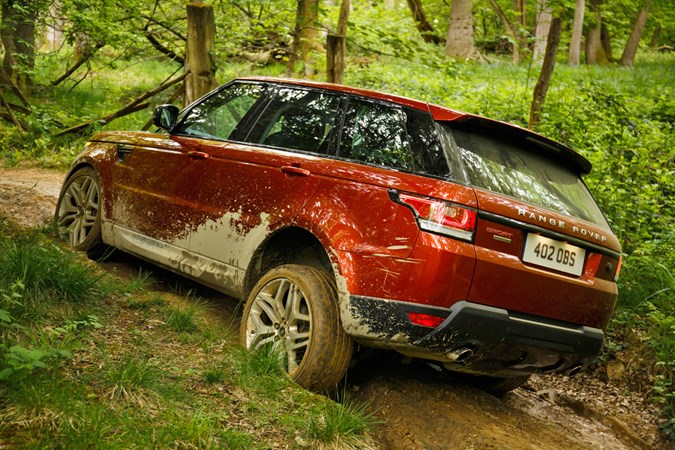
It’s all easily controlled, too. The lower touchscreen inside the car controls the driving modes – you just tap the kind of terrain on which you’re driving and the car will set itself up to perform at its best. It’ll tweak the ride height (on air suspension), the throttle response and the traction control to make the car as effective as possible on a wide variety of terrain types. Alternatively, the rotary selector behind the gearlever will do the same job and is easier to use on the move or when wearing gloves in the winter.


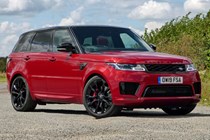
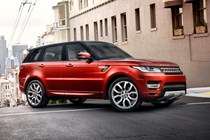

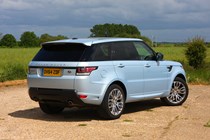
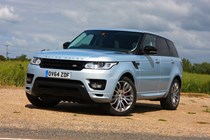
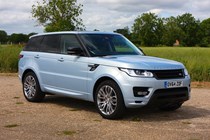
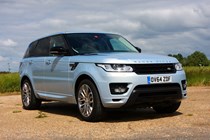
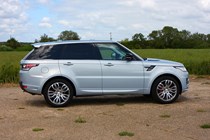
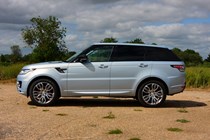
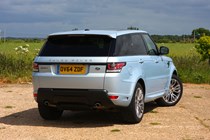
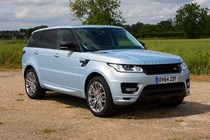
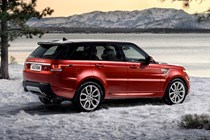
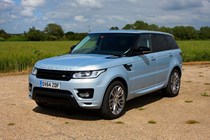
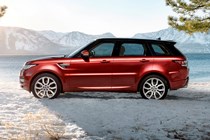
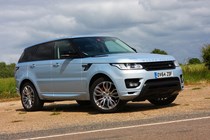
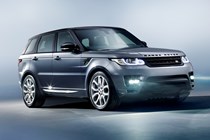
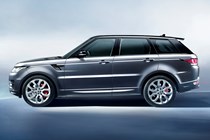
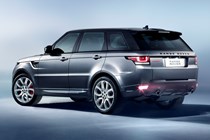
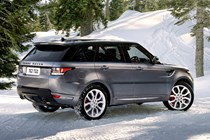
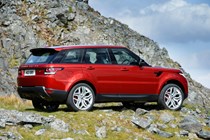
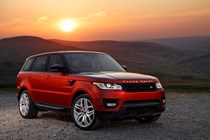
.jpg)
.jpg)
.jpg)
.jpg)
.jpg)
.jpg)
.jpg)
.jpg)
.jpg)
.jpg)
.jpg)
.jpg)
.jpg)
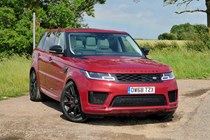
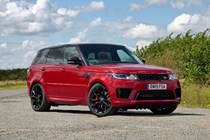


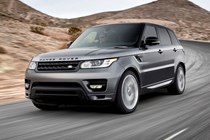
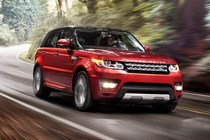
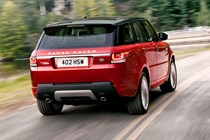
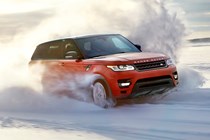
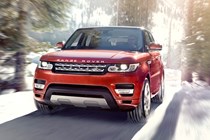
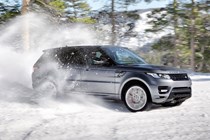
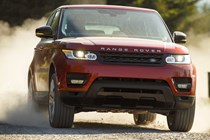
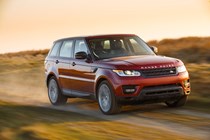
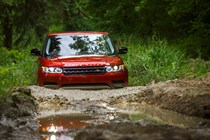
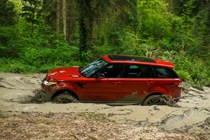
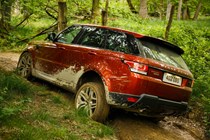
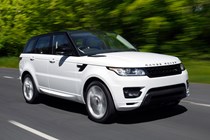
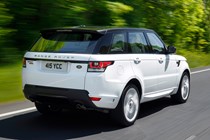
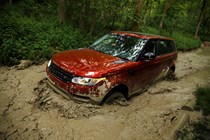
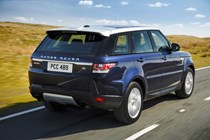
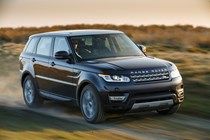
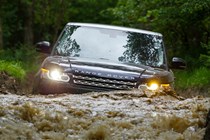
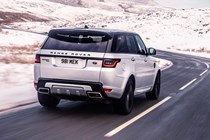
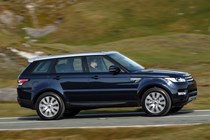
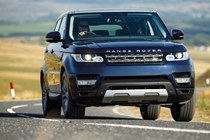
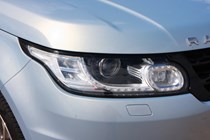
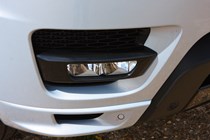
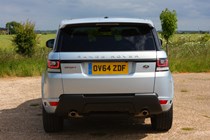
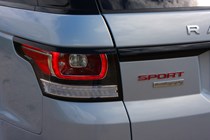
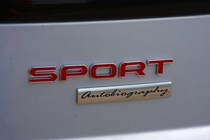
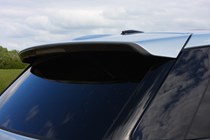

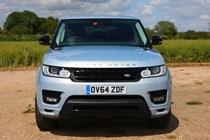
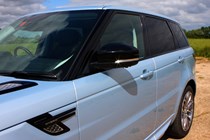
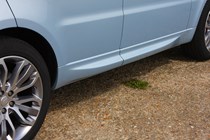
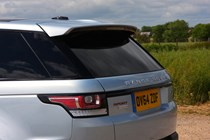
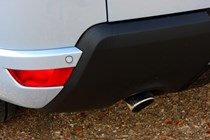
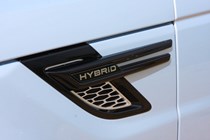
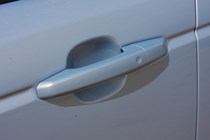
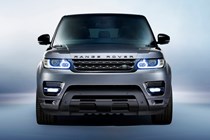
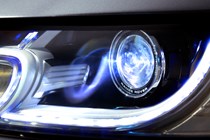
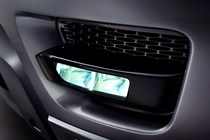
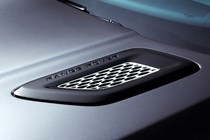

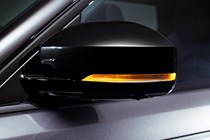
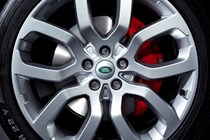
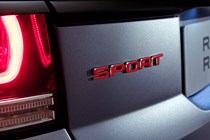
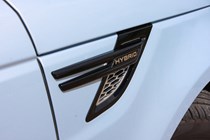
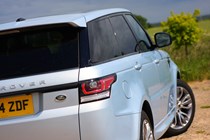
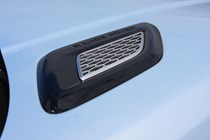
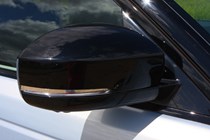
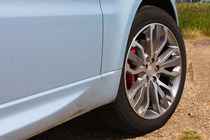
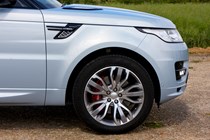
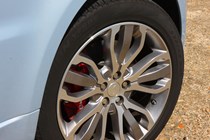
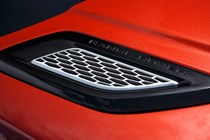
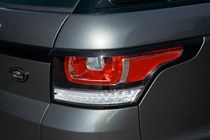
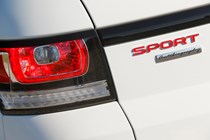
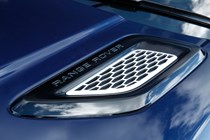
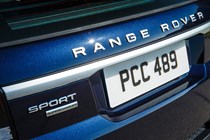
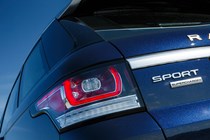
.jpg)
.jpg)
.jpg)
.jpg)
.jpg)
.jpg)
.jpg)
.jpg)
.jpg)
.jpg)
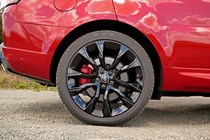
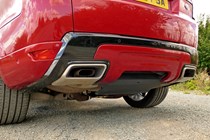
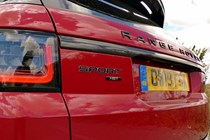
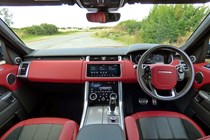
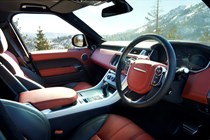
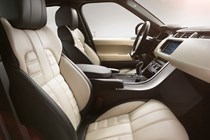
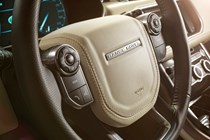
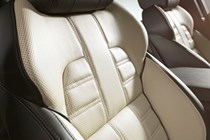
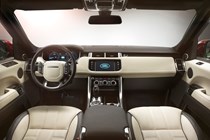
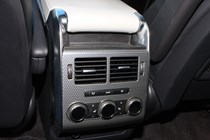
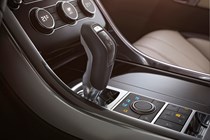
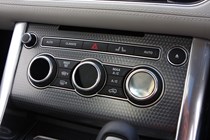
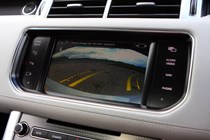
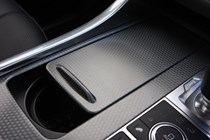
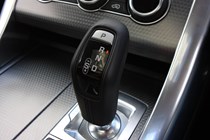
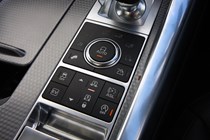
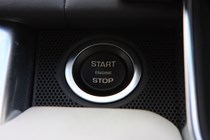
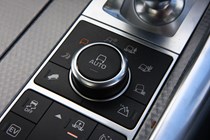
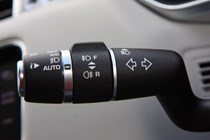
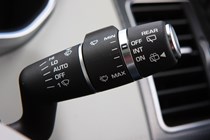
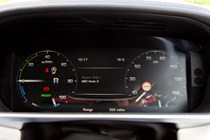
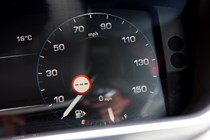
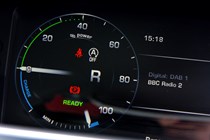
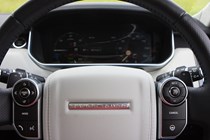
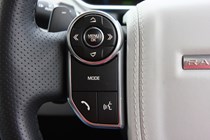
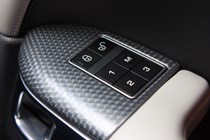
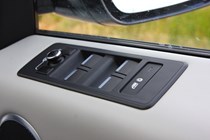
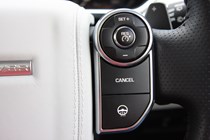
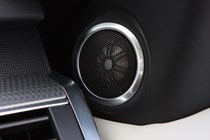
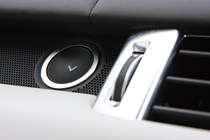
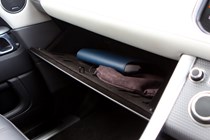

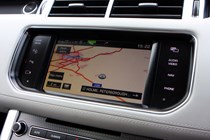
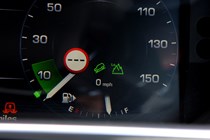
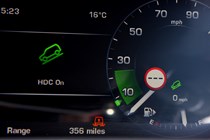
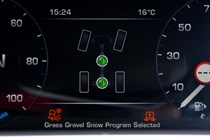
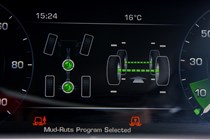
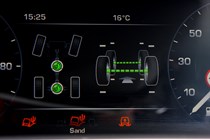
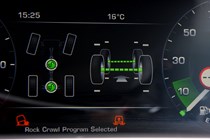
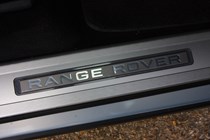
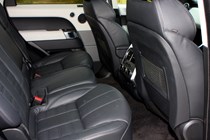
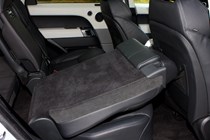
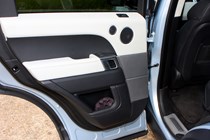
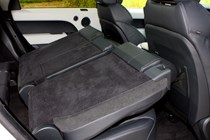
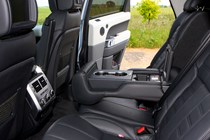
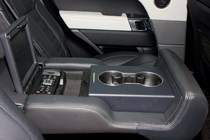
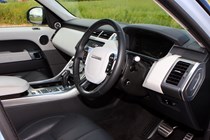
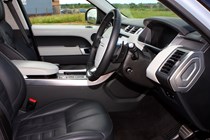
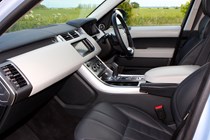
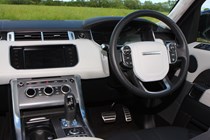
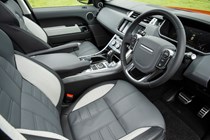
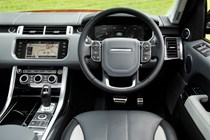
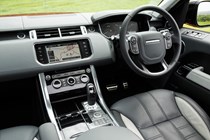
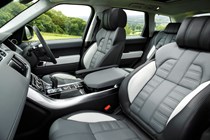
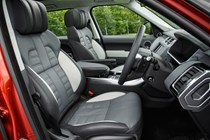
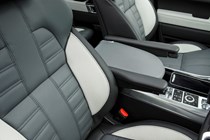
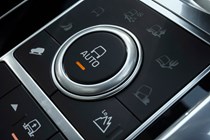
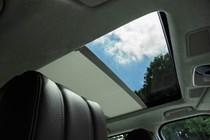
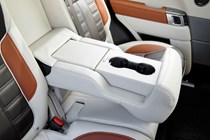
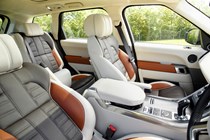
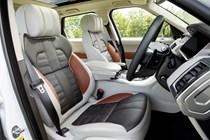
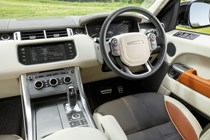
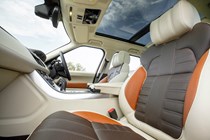
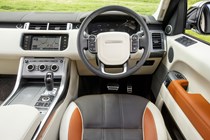
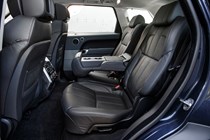
.jpg)
.jpg)
.jpg)
.jpg)
.jpg)
.jpg)
.jpg)
.jpg)
.jpg)
.jpg)
.jpg)
.jpg)
.jpg)
.jpg)
.jpg)
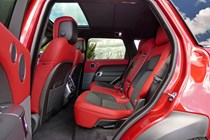
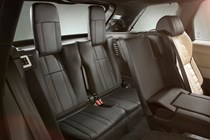
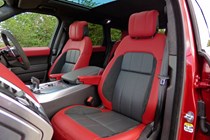
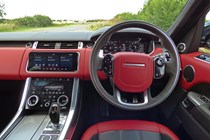
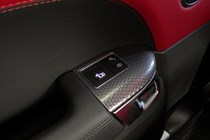

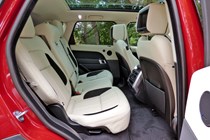
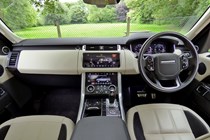
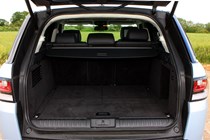
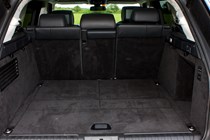
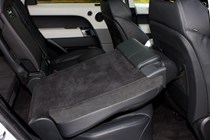
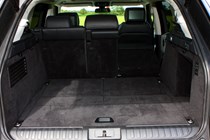

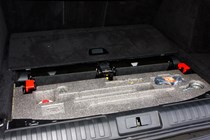
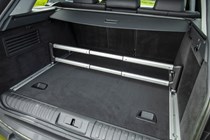
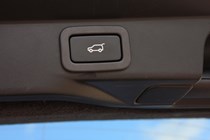
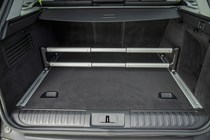
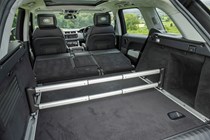
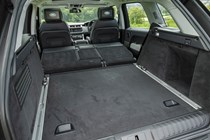
.jpg)
.jpg)
.jpg)
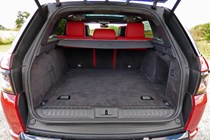
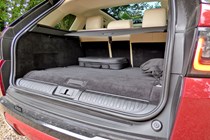
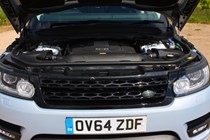
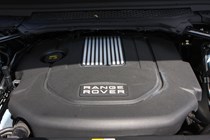
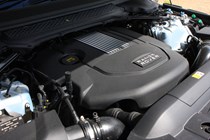
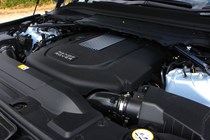
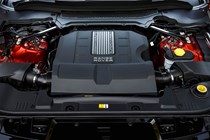
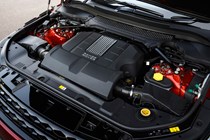
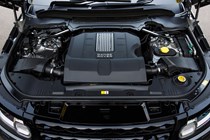
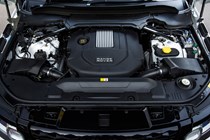
.jpg)
.jpg)
.jpg)
.jpg)
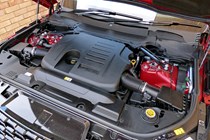





















.jpg?quality=50)
.jpg?quality=50)
.jpg?quality=50)
.jpg?quality=50)
.jpg?quality=50)
.jpg?quality=50)
.jpg?quality=50)
.jpg?quality=50)
.jpg?quality=50)
.jpg?quality=50)
.jpg?quality=50)
.jpg?quality=50)
.jpg?quality=50)



























































.jpg?quality=50)
.jpg?quality=50)
.jpg?quality=50)
.jpg?quality=50)
.jpg?quality=50)
.jpg?quality=50)
.jpg?quality=50)
.jpg?quality=50)
.jpg?quality=50)
.jpg?quality=50)

































































.jpg?quality=50)
.jpg?quality=50)
.jpg?quality=50)
.jpg?quality=50)
.jpg?quality=50)
.jpg?quality=50)
.jpg?quality=50)
.jpg?quality=50)
.jpg?quality=50)
.jpg?quality=50)
.jpg?quality=50)
.jpg?quality=50)
.jpg?quality=50)
.jpg?quality=50)
.jpg?quality=50)



















.jpg?quality=50)
.jpg?quality=50)
.jpg?quality=50)










.jpg?quality=50)
.jpg?quality=50)
.jpg?quality=50)
.jpg?quality=50)
